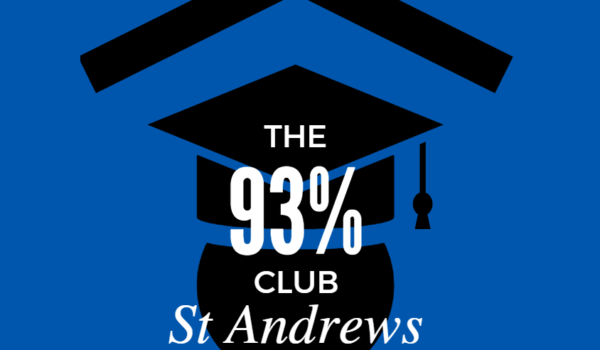This month’s artist is John William Waterhouse purely because I think that everyone deserves some nice, peaceful, stress-free art after exams. At the current time of writing this article, I have just finished and submitted my Art History paper so I, for one, am in the mood for something beautiful.
Waterhouse was a member of the second phase of the Pre-Raphaelite Movement, artists that followed the values and the principles of the Pre-Raphaelite Brotherhood, a group of artists founded in London in 1848. The Pre-Raphaelites were a ‘secret society’ of young artists who originally formed in opposition to the Royal Academy’s promotion of the Renaissance master, Raphael. The concept behind their art was one of returning to nature and they believed in treating their subjects in absolute realism.
Waterhouse took inspiration from literature, painting over sixty pieces of characters of writers such as Homer, Ovid, Shakespeare, and Keats. He is, perhaps, most famous for his paintings of The Lady of Shalott and of Greek Myths. The second phase of the Pre-Raphaelite movement began in the 1860s and Waterhouse worked from the 1870s to the 1910s.

One of my favourite paintings by Waterhouse is Hylas and the Nymphs, 1896. The myth of Hylas and the water nymphs was a common subject among the Pre-Raphaelites, and they painted several different compositions and scenes taken from the myth. Hylas was a companion of Hercules and they were both Argonauts on the mission to find the golden fleece. During the journey Hylas is sent to find water, he comes across a pond filled with nymphs and promptly disappears.
Interestingly, in 2018 the painting was temporarily removed from display in the Manchester Art Gallery where it had been acquired in 1896. This was the decision of the gallery curator and was following discussions among the museum staff about the recent rise in movements opposing the objectification of women. This act caused great controversy; some supported the decision while others interpreted it as a form of censorship.
The painting itself depicts Hylas being lured into the water by several nymphs, whose pale nudity contrasts with Hylas’ own tanned skin and Classical garb. The story is mythological, and Waterhouse has clearly made an effort to translate the ethereality of the nymphs into visual form. Their skin is almost luminous in contrast with their dark hair and the dark water. The figures of the nymphs are overtly sexualised, they are either seemingly unaware of their own nudity as they make no effort to hide their bodies, or Waterhouse is purposefully positioning them as ‘femme fatale’ types. They cock their heads, play with their hair and reach and grab at Hylas, implying they use their sexuality and their beauty to their own malicious advantage, the ‘Femme Fatale’ was a common trope in literature at the time.
Now, when you bear in mind what I said earlier about the Pre-Raphaelites striving to depict their subjects in utmost realism, and when you look at this painting there seems to be a little miscommunication. Despite this value of realism, Waterhouse’s nymphs are incredibly idealised. Each of them are thin and pale with youthful faces and long beautiful hair. Additionally, when you look closely you may realise that all the nymphs look remarkably similar, it’s thought that Waterhouse based them all on only two models.
When looking at the mythology behind this painting and combining it with the beauty of the nymphs, it is clear that Waterhouse was concerned with female sexuality. The disappearance of Hylas due to him being seduced and dragged into the water means the story is often connected with arguments for the dangers of female sexuality and autonomy. Waterhouse himself was obsessed with the depiction of female beauty and the hypnotic power of sexuality and youth and through the setting of mythology and fiction, he found an acceptable medium through which to explore the idealised erotic female form.
I feel I perhaps owe you an apology, dear reader. At the beginning of this article, I promised a light-hearted romp through beautiful paintings of Shakespearian heroines as a release after exams, and instead, I have dumped upon you a load of misogynistic rubbish about female sexuality and autonomy. I am so very sorry. Ultimately, I think it’s incredibly difficult to divorce any artwork from its context, regardless of how beautiful it is.
Having said that, if I were on a search for water and I came across a pond full of nymphs I would not hesitate to jump right in so I can’t exactly blame Hylas’ own stupidity.
Anyway, I hope everyone has a wonderful summer. Perhaps you can have a ponder over the intentions behind this painting or behind its brief removal from public display. You know, just in case you’re really bored.









Comments